Cloud Application Development
The global demand for Cloud-based applications has increased significantly. As a result, the need for Cloud application development has skyrocketed. As a result, the Cloud computing business has been consolidating in recent years.
Almost everyone uses cloud apps and services, either directly or indirectly. Businesses have grown their use of Cloud-based apps and services, even if they are not always aware of it. You are almost certainly using a Cloud app if you use SaaS technologies. Cloud apps, on the other hand, are much more than that.
Cloud apps are still a mystery for many people, which we intend to dispel throughout this post. As an app development company, we understand how critical it is for any organization to correctly utilize Cloud services. This article is for you if you want to understand what Cloud computing and Cloud application development are, how your firm may benefit from them, or even if you just want examples of Cloud apps.
What Is the Cloud?
The term “Cloud” refers to high-tech computer services that go via the internet to servers in various locations. Typically, this IT infrastructure is managed by a third party who charges a fee in exchange for computer power and other cloud-based services. In general, cloud services enable businesses to hire the computing power they require in a flexible manner without having to directly own or manage the IT infrastructure.
Because of the benefits it provides, this technology and its accompanying services have grown in popularity. Because of fast internet connections and efficient computers, it is now possible to have information travel quickly enough to have Cloud-based apps that feel almost as if the computing process took place directly in the device. Cloud computing is resembling Edge computing thanks to 5G connectivity, assisting in the development of stronger and more powerful IoT devices.
Because of reduced latency, it is possible to move information from one location to another quickly enough that the user notices no delay. Latency is the time lag between a user’s action and the response of an app. Reduced latency enables more real-time and fast-response apps, opening up a slew of new opportunities for businesses through improved software.
Due to the increased use of tools like Zoom and Google Meet, which are used by individuals and remote-ready companies alike, but also to Software as a Service (SaaS) apps like Netflix and Spotify, which are used by people all over the world, the Cloud market has become more important for a variety of industries throughout 2020.
Companies can focus on their core purpose by avoiding the need to own, manage, and configure their own IT infrastructure through outsourcing. This has changed the game for many software companies and their IT-dependent business models.
What Is a ‘Cloud-Based Application’?
Cloud-based applications, or Cloud apps, appear to be taking over. A Cloud app, in theory, is one that makes advantage of Cloud-based services. So, whether a mobile or online app, it is likely that it makes use of a Cloud service. The level to which a Cloud app uses Cloud services is what truly distinguishes it from a native app.
Increased reliance on the processing power of the Cloud is the result of businesses developing innovative and creative solutions to a wide range of problems that use technology to accomplish things that were previously impossible. Companies can perform massive calculations and provide excellent services because of their ability to process large amounts of data (Big Data) via third-party-owned IT infrastructure.
Cloud services, in particular, have enabled the development of numerous web-based Cloud applications, also known as web apps. A web app is one in which the majority of the computation takes place in the Cloud rather than on the device itself, and is typically built using Cloud application development services. A new type of web app known as a Progressive Web App (PWA) is also gaining popularity.
Benefits of a Cloud App
Cloud application development provides numerous advantages for businesses looking to use technology to solve a problem. Among the advantages are:
- Improved app performance: as more computations are performed on the server side of an app, users will experience a faster and more reliable service.
- Increased uptime: thanks to the reliability of Cloud services, a Cloud-based application will remain up easier than through your own IT infrastructure.
- Scalability: businesses can hire on-demand the processing power they need, being this very convenient for moments of high computer processing demand.
- Update software easily: through Cloud technologies, it is possible to update an app easily through a massive deployment.
- Security: Cloud services help reduce the risk of physical IT infrastructure failure.
Cloud Application Development: Developing Applications for the Cloud
Cloud application development is the process of creating a Cloud-based program. It entails various stages of software development, each of which prepares your program for launch and market acceptance. DevOps practices and tools such as Kubernetes are used by the best Cloud app development teams. An experienced app development company, on the other hand, should ideally be technology agnostic, which means they should be able to build your Cloud app using any technology you prefer. Most Cloud-based apps are heavily reliant on the Cloud to function.
When used correctly with software development methodologies such as Agile, application development on cloud infrastructure allows web and PWA development services to reduce development costs, open up the possibility of working with remote teams, and reduces project times. However, not many businesses have the necessary skills to handle many intricate components of the app development process via the Cloud. Businesses looking to develop digital products such as web-based Cloud applications should work with a reputable Cloud-experienced app development firm.
Although some firms have their own Cloud development teams, the majority will engage an app development company with Cloud service experience. AWS certifications are an excellent approach to validate an app development company’s experience with the Cloud.
Cloud Application Example
Many of the apps we use on a daily basis make use of the Cloud in some way. The development of cloud applications has resulted in incredible tools and services such as:
- Miro: a virtual board where you can work with other users in a number of fun and creative ways.
- Figma: a powerful Cloud-based design app that is gaining many fans thanks to its collaborative nature.
- Dropbox or >Google Drive: easily store your files on the Cloud and make them available for others, wherever they are.
Collaboration is one feature that distinguishes most Cloud-based programs. Although there are others, one significant advantage of Cloud apps is the ability to work with users from all over the world, even in real time.
How to Develop a Cloud Application
All types of enterprises can now construct a Cloud-based application thanks to app development services. At Nile Bits, we’ve been developing Cloud applications for businesses in a variety of industries, always assisting our clients in understanding their business model and how it can make efficient use of the Cloud to achieve their objectives.
We are prepared to assist you with your Cloud application development project using DevOps best practices, always in a secure and timely manner. Contact us for a free consultation to learn more about how our HiTech services can help you bring your ideas to life.



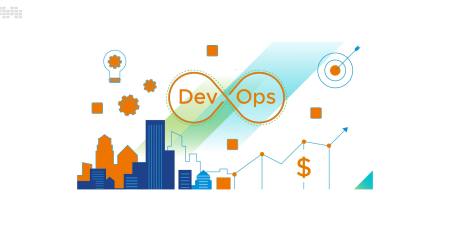
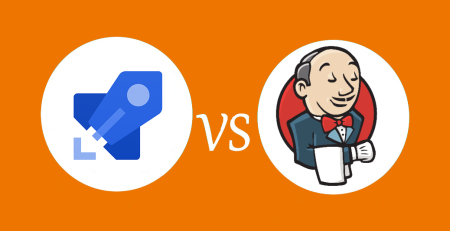
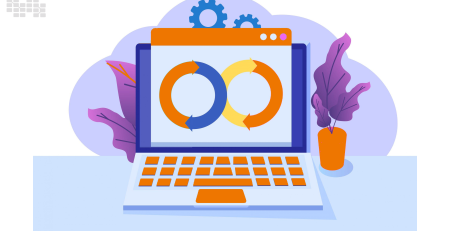
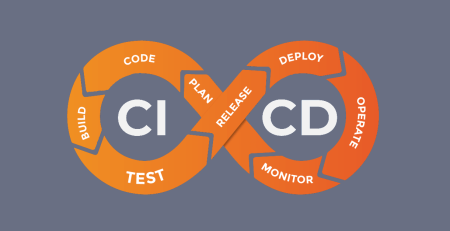
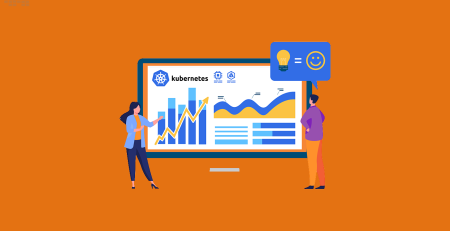
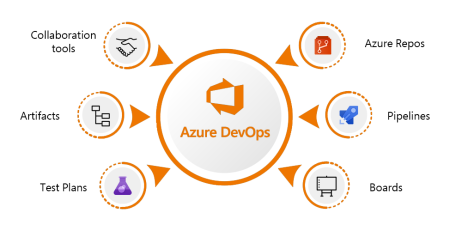
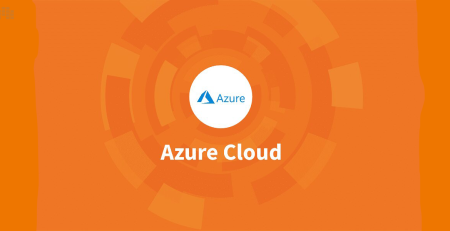
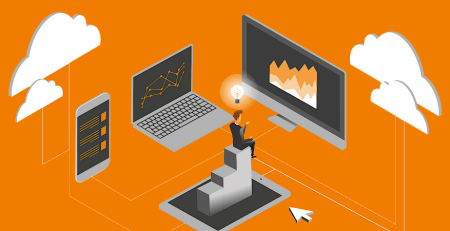
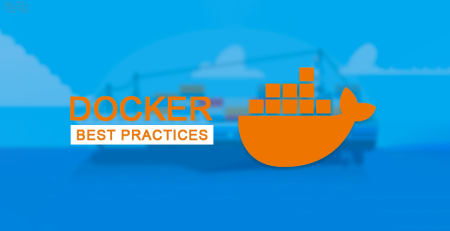

Leave a Reply